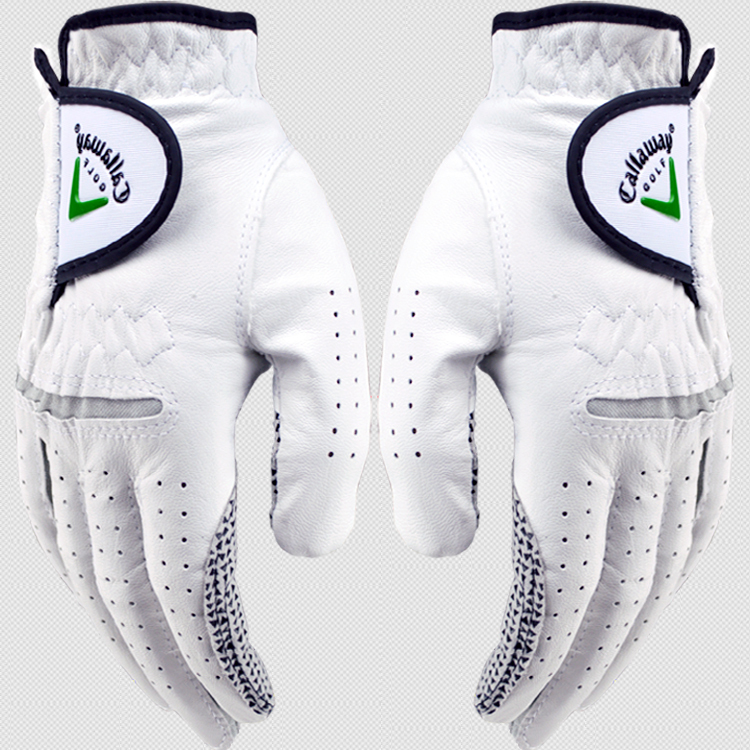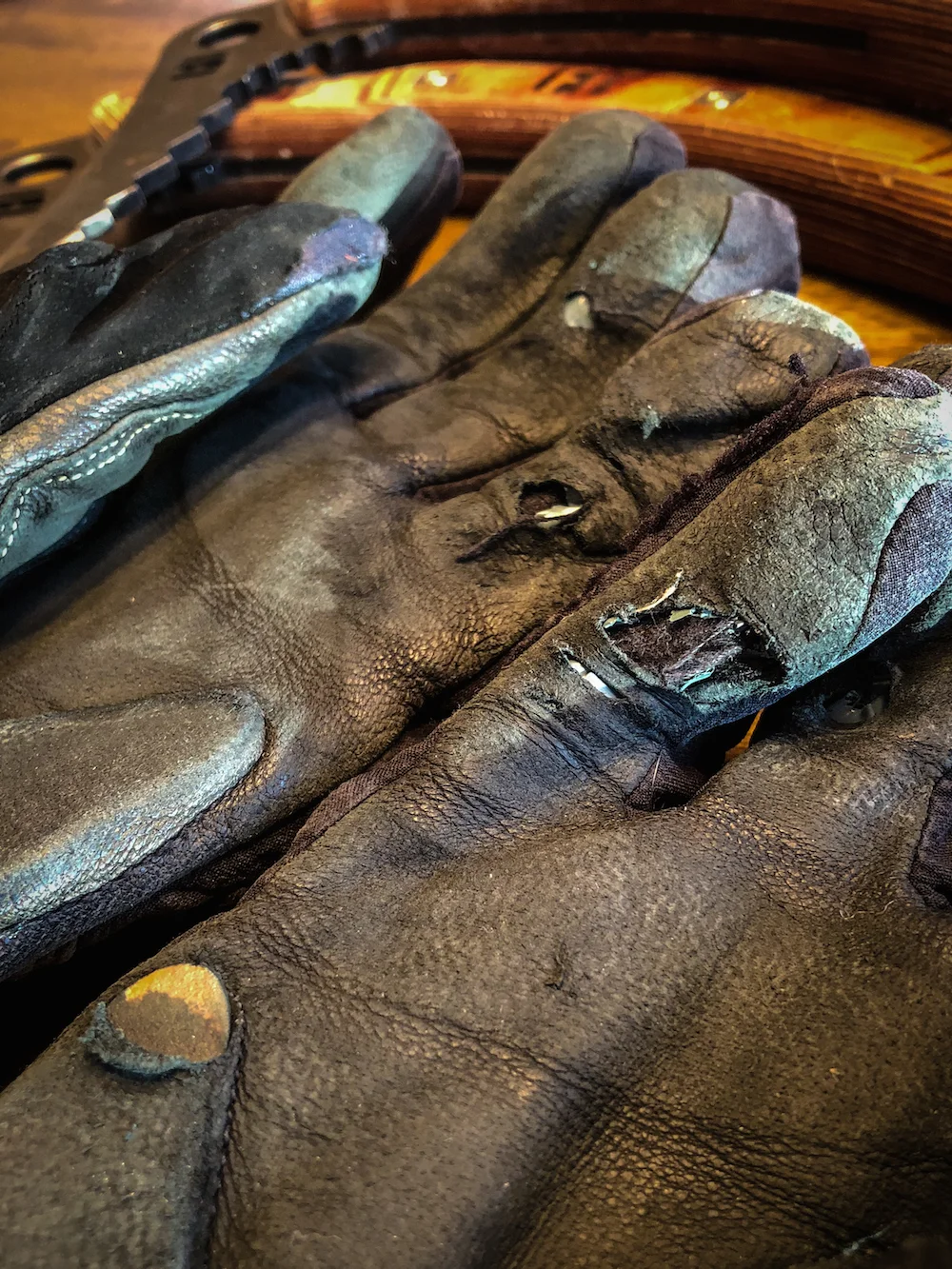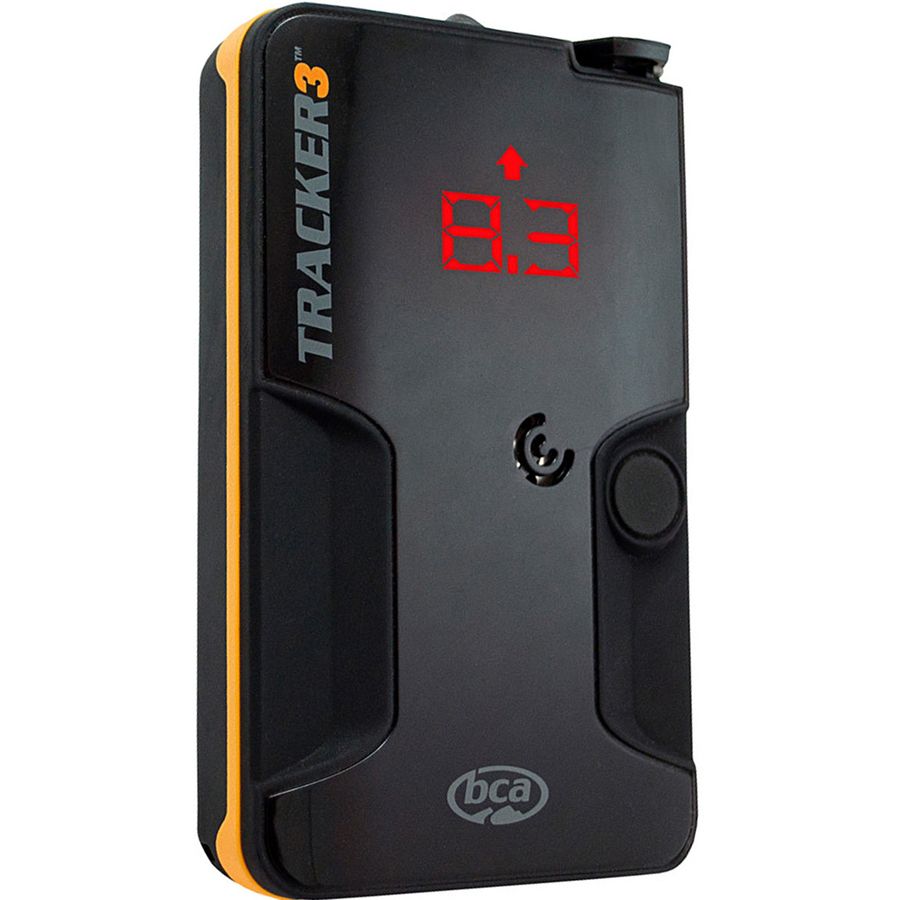This post is part of a series on Training For Ice Climbing and Dry Tooling. Click below for sequential posts:
Build a Solid Foundation
Fortification
Basic Core
Hard Core
Endurance
Special Techniques
Head Games
Taking It Outside
Derek Castonguay on Tangled Up In Blue WI4, Ouray CO
Taking it Outside
You’ve trained physically and mentally. Picks are sharpened, screws reconditioned. The ice is in. You are ready to rock this. Go forth and crush.
If you’ve read this far in the series, you may already have, or know a lot about, ice, mixed, and dry tooling climbing equipment. Below are some ideas about more specialized gear you may find helpful.
Specialized Equipment
Fruit Boots
On the UIAA competition circuit and at more serious mixed climbing crags, all climbers are using Fruit Boots. These are hyper-specialized lightweight footwear with minimalist crampons bolted directly to the sole of a stiff, sticky rubber boot. Think of a board-lasted high-top rock shoe with a crampon and some insulation.
If you’re aiming for some sporty mixed routes, fruit boots are in your future. Only issue is that they’re not easy to find outside Europe. Here are some makes you may be able to find in the wild.
Lowa Boots
https://www.lowaboots.com/mens/mountaineering/ice-comp-ip-gtx®?color=Lime/Orange
Scarpa
https://www.scarpa.com/rebel-ice
Boreal
http://www.borealoutdoor.com/products/details/ice-mutant
Gloves
When you’re red-lining your climbing limits, you can’t be futzing clips with mitted hand. As mixed climbers gear up to go for the redpoint, they’re usually wearing a super thin glove, and the mixed climber's glove of choice has become golf gloves due to their finger sensitivity, added friction on tool handles, and price. Definitely not for warmth or durability, golf gloves bring a measure of calm when you get the rope in the clip the first time. Pro Tip: For even more grip, go the extra mile and coat your hands in liquid chalk before putting your golf gloves on.
Top 10 Best Men Golf Gloves 2017 Reviews
Other glove options:
Mechanix Gloves
http://www.mechanix.com/automotive/the-original-glove
Winter climbing clothing solutions are very specific to each person and as such the advice below is specific and anecdotal to my body and experiences. Here is what I’ve learned after 25 years of ice climbing:
When performing in the winter environment, keeping warm and dry is paramount, but something that many new climbers miss is that climbing ice is extremely physical. Sweating can be a real problem especially if that sweat saturates clothing and begins to rob your body of heat when you slow down (i.e. at the end the pitch). The rule is: Try not to sweat, but at the same time try not to get a chill. Take layers off as needed. Put them on as needed. Slow down. Speed up. Maintain a comfortable body temp while not allowing or your body overheat or to get a chill. It’s imperative to warm up or cool down so your mind can be calm on the climb. If it sounds like a lot of work to be constantly adding/removing layers, it is, but it’s just what you must do to maintain comfort in the winter.
Cold Hand Solutions
Handwarmers
I tuck these inside the sleeve of my long sleeve base layer, one on each side. They slide around but generally live on the underside of my wrists, which is exactly where I want them. The goal is to warm the blood that’s going into my hands. Personally, I’ve never found the need to secure them in place, but some lightly applied athletic tape would do the trick.
Multiple sets of gloves
When you’re out for a day of ice climbing, it’s easy to bring extra sets of gloves and simply change them out when they get wet. I usually have three pairs. One lightweight set for the approach (BD Lightweight Fleece Gloves), one set for climbing (BD Punishers), and one super warm set for the belays (BD Guide Gloves). I put the climbing gloves inside my jacket on my chest after each pitch and swap out to my super warm belay gloves. There is an incredible amount of drying power available from your torso after leading a pitch of ice. Put it to good use.
While I’m partial to BD’s hand wear, Outdoor Research, Rab, Mountain Hardwear, Arcteryx all make excellent glove options. Just know that when you’re out there playing hard, you’re going to destroy them. I have to replace my BD Punisher climbing gloves before every season.
These BD's have been Punished.
Cold Feet Solutions
Socks
For managing cold feet, it’s important to realize that you’re likely wearing super high tech, leather or plastic insulated alpine climbing boots. Like alpine touring ski boots, they are made to be worn with regular weight socks. Wearing multiple sock layers or super thick socks may actually make your feet colder. Insulation does not work unless there is a small amount of air for your feet to heat inside the boot. Wearing multiple sets of socks that make your boots fit too tightly prevents blood circulation and fills in air gaps that would help provide insulation. The key here is to make sure your feet are not being compressed too much.
Think of it this way: Your cozy warm sleeping bag or puffy jacket only works because the insulation has ‘loft’ creating many tiny air pockets where air is trapped. Now squish that loft down. Insulation is negated because there are no air pockets. Heat will simply be radiated through the compressed layer to the outside environment. The same thermodynamic principles apply to feet in socks in boots.
Hand / Toe Warmers
I fit my ice boots like I do my street shoes: comfortably. These are not rock shoes and you do not want your toes crammed up against the front of the boot. On really cold days when I wear two pairs of long underwear, I tuck handwarmers outside my base layer but inside my expedition weight layer on the inside of my calf/ankle above my boots. Note: Do NOT place them against your skin. I have burned the skin on my lower legs with hand warmers right against my skin. Again, the idea is to warm the blood that’s entering my feet.
On the coldest of days I put toe warmers on the top of my toes on the outside of my socks before putting on my boots.
Lacing
Don’t hesitate to adjust the lacing of your boots often. I have made this mistake a million times. Toes are freezing and all I had to do was loosen the top couple or bottom couple of laces but i didn’t want to undo my gaiters or pant so I just suffered. STOP and fix it, you’ll be much much happier.
Coming Back Alive
Ice and mixed climbing can be extremely dangerous. These posts are NOT a substitute for sound judgement and decision making. Going out climbing is optional. Coming back is not. If there is ever a doubt, just don’t go climbing. Come back another time or hire a guide.
I once climbed with a guy who had a hard and fast “3 Strikes” rule. It goes like this: if three things go wrong, go home. They don’t have to be huge things, but significant enough to affect the day’s outcome, like a forgotten belay device, minorly twisted ankle, dropping a screw. Your day is over. Go home. Ice climbing is not an activity with wide margins for errors.
Just remember one thing, if there’s an incident, it is never the mountain’s fault.
Avalanche over Polar Circus WI5+/6 in the Canadian Rockies. Note the climber just right of the slide!
Avalanches
Many world class routes lie directly in the path of major avalanches, including on the East Coast. As ice climbing and winter sports continue to grow, more and more climbers and recreationists are getting caught in avalanches. Every single one of these incidents was preventable. I strongly, strongly, urge that all ice climbers take an avalanche course.
Here is a link to several avalanche course providers at The American Institute for Avalanche Research and Education
Preparation
Wear an avalanche rescue beacon that signals your location. And YES, ice climbers should carry beacons.
Learn how to use rescue equipment.
Practice using rescue equipment.
Awareness
Constantly evaluate avalanche conditions.
Areas with fresh accumulations of wind-driven snow are particularly vulnerable.
Extremely steep slopes particularly in shaded areas near a ridge are also risky.
Always travel with a partner. Descend risky areas one by one and watch for avalanche signs.
Rockfall, Icefall, Climbing Under Other Parties
Rockfall
The freeze thaw cycle of ice serves to break up the rock of our mountains. After eons of this fractious activity, our mountains are rife with loose piles of death blocks awaiting the faintest of breezes to topple them over. If you’ve ever heard a rock whiz by at 9.8m/s2, you know by the time you know it’s coming it’s already 50ft below you. Be smart, Wear a helmet.
Icefall
At some point during the season, the ice will fall down. Usually at the end, it might even happen in the middle of the season during a warm spell. Collapses even happen during a super cold snap. Assessing the stability of frozen water is one of the most difficult things to learn. It can only be learned by climbing lots and lots of ice, learning it’s different properties at various temps, humidities, altitudes, and locales. Even with all that experience you may still be wrong. Wear a helmet and be conservative in your stress tests. Also, stack the deck in your favor by not tempting fate standing directly below a 70’ hanging dagger cuz you think it’ll make a nice selfie.
Climbing under people
Ice climbing displaces ice, there’s really no way around it. Some climbers are better at displacing less ice, but it still happens. That ice tumbles to the ground and will do damage to anyone in it’s path. Worse, that falling ice can trigger snow slides.
One of the world’s best ice climbers, Guy Lacelle, was killed during the 2009 Bozeman Ice Festival when he was caught in an avalanche triggered by climbers under whom he was climbing.
No matter how badly you want to do that route, if someone’s on it, WAIT till it’s clear or go do something else.
#SeekQualifiedInstruction
Be realistic of your and your partner’s abilities. Do you possess the skills to make an honest assessment of the risks? Could your partner evacuate you if you were unconscious? Could you do the same for them? Do you know first aid? Do you hold WFR Certification? Could you assess the likelihood of a slide event in avalanche terrain?
Until you feel confident that you can handle yourself in this environment, #SeekQualifiedInstruction. You will learn tons from a certified AMGA guide.
You’re physically ready, mentally ready, and you have the requisite safety skills and first aid training. You climb regularly with DRY ICE Tools. Time to Climb! Buckle in for the ride of your life. There’s just nothing better than climbing ice.
-bc
This series was written by Ben Carlson an AMGA SPI Guide and Co-Owner of Furnace Industries.












